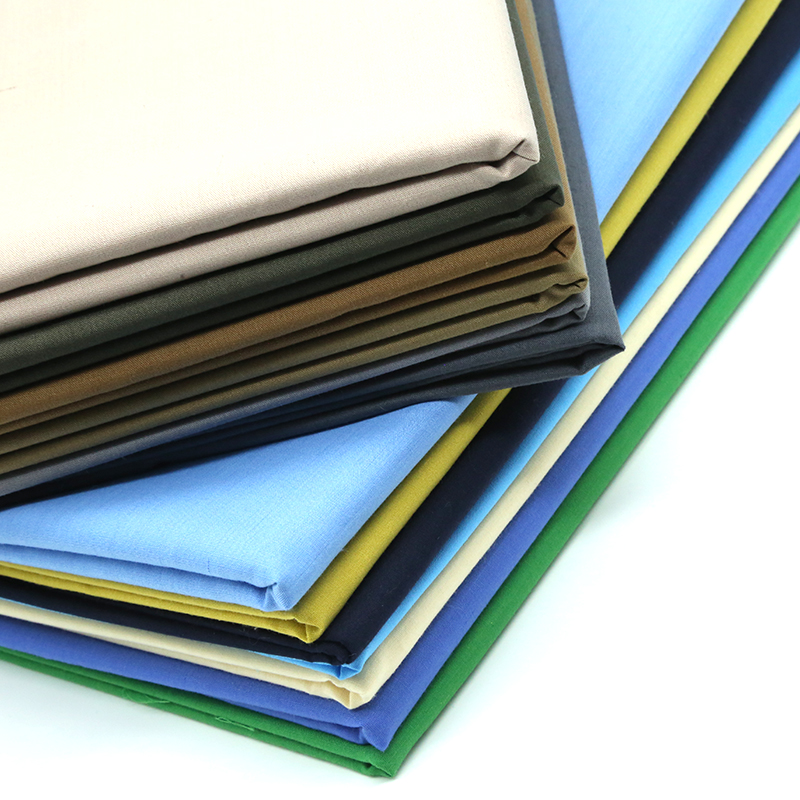Fabric Medicine: Durable, Sterile Textiles for Healthcare
Insider’s Take on Healthcare Uniform Textiles: the real story on fabric medicine
I’ve walked enough mills and laundries to know: uniform fabric looks simple until it meets reality—bleach, high-temp dryers, coffee, iodine stains, you name it. The workhorse right now is a cotton/poly 2/1 twill that balances comfort with industrial-wash resilience. One solid example from Hebei, China—Zhaoyuan Road, Zhao County, Shijiazhuang—keeps cropping up in buyer shortlists: high quality cotton and polyester 2/1 twill fabric 32×32, 130×70 for office/hospital/medical/school uniform fabrics. And yes, that’s where the conversation around fabric medicine really lives today: durability without sacrificing hand feel.

What’s driving demand (and purchase orders)
- Industrial laundry compatibility—high-temp, repeated cycles [4].
- Comfort + breathability for 8–12 hour shifts (some buyers quietly insist on cotton-rich).
- Traceability and certifications—OEKO-TEX Standard 100, REACH statements [2].
- Color consistency across batches; hospitals hate shade variation more than late delivery.
Core product specs (field-proven, not just brochure-speak)
| Product | High quality cotton & polyester 2/1 twill, 32×32, 130×70 |
| Blend | Cotton/Polyester (typical options: 65/35, 70/30; customization available) |
| Weave / Count / Density | 2/1 twill; 32s × 32s; 130 × 70 |
| GSM (finished) | ≈165 ±5 g/m² (real-world use may vary with finish) |
| Width | 57/58 in (≈150 cm) |
| Finishes | Pre-shrunk, easy-care, optional soil-release, anti-static; antimicrobial on request (ISO 20743) |
| Test snapshot | Colorfastness to washing 4–5 (ISO 105-C06) [1]; Tensile ≥700 N warp / ≥450 N weft (ISO 13934-1) [3]; Shrinkage ≤3% (AATCC 135) |
| Service life | ≈100–200 industrial cycles under ISO 15797 protocols, translating to ~18–36 months, depending on use [4] |
Typical use cases: scrubs, lab coats, reception jackets, school custodial uniforms, and light-duty hospitality. To be honest, once you dial in shade control, this fabric medicine spec becomes a fleet staple because it survives the laundry without feeling like cardboard.

Process flow (nuts and bolts)
- Fiber selection: ring-spun cotton + PET staple (denier tuned for 32s count).
- Spinning: 32s/1 warp & weft; Uster evenness checks.
- Weaving: 2/1 twill, 130×70 picks; on-loom defect audit.
- Preparation & dyeing: continuous pad-dye (reactive or disperse/reactive combo), lab dips to ΔE≤1.0 target.
- Finishing: preshrink (sanfor), calendaring, optional soil release; QA to AATCC/ISO test plans.
- Final testing: ISO 105-C06, ISO 13934-1, pilling ISO 12945-2 (grade ≥4), OEKO-TEX Standard 100 Class II [2].
Vendor comparison (recent buyer notes, your mileage may vary)
| Vendor | Lead Time | MOQ | Certs | Notes |
|---|---|---|---|---|
| Jiexiang Textile (Hebei, CN) | 20–30 days | ≈3,000–5,000 m | OEKO-TEX, ISO test reports | Consistent shade; flexible finishes; origin close to North China ports |
| SEA Mill A | 30–45 days | ≥8,000 m | OEKO-TEX; occasional REACH letter | Good pricing; watch for shade variation on re-runs |
| EU Converter B | Stock-dye 7–10 days | Small lots | OEKO-TEX, EN ISO 13688 refs [6] | Fast but pricey; limited custom finishes |
Customization and real-world feedback
Colors via Pantone TCX; prints for departments; antimicrobial treated variants (silver or silane-quat) tested to ISO 20743. One facilities manager told me, “Staff stopped complaining about stiff scrubs,” which sounds small but matters. Another buyer said shrinkage stability “finally matched the laundry plant.” That’s fabric medicine in practice—not flashy, just reliable.

Mini case studies
- Regional hospital network: switching to 32×32 130×70 twill cut replacement rates by ≈22% over 12 months; shade claims dropped near zero.
- Urban school district: blended uniforms with soil-release finish reduced stain-related discards by ≈18% (A/B test, 6 laundries).
Bottom line: if you need a midweight, industrial-washable twill for uniforms, this spec nails the balance. It won’t make headlines, but it will quietly save budget cycles. And in my book, that’s the smartest kind of fabric medicine.
Authoritative references
- ISO 105-C06: Tests for colour fastness—Colour fastness to domestic and commercial laundering.
- OEKO-TEX Standard 100: Criteria for harmful substances in textiles.
- ISO 13934-1: Textiles—Tensile properties of fabrics—Strip method.
- ISO 15797: Textiles—Industrial washing and finishing procedures for testing of workwear.
- AATCC 135: Dimensional changes of fabrics after home laundering.
- EN ISO 13688: Protective clothing—General requirements.
-
Hot Sale 180D CEY Crepe AirFlow Woven Fabric 100% PolyesterNewsNov.14,2025
-
Twill TR Fabric for Elastic Suits & Trousers, ShrinkproofNewsNov.14,2025
-
Grey Muslin Fabric — Soft, Durable, Bulk & Custom SizesNewsNov.14,2025
-
CEY Crepe Fabric, Plain Woven Airflow Polyester TextileNewsNov.14,2025
-
Wholesale Custom TR Fabric 80/20 Soft Arabic Thobe FabricNewsNov.14,2025
-
Polyester Cloth - Durable, Wrinkle-Resistant, Factory DirectNewsNov.05,2025
-
TR 80/20 Poly Viscose Twill Thobe & Suiting Fabric Easy-CareNewsNov.05,2025











